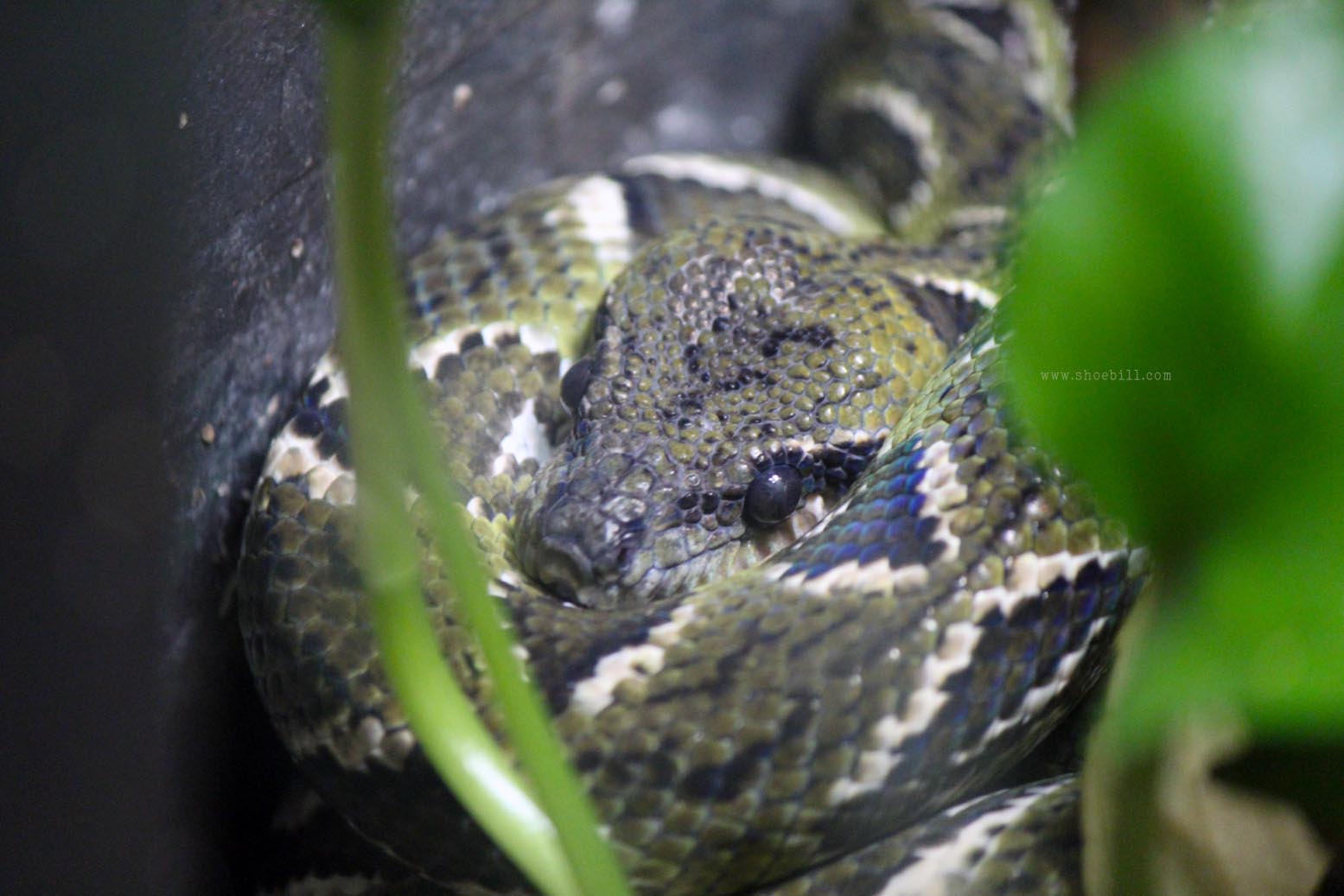Madagascar tree boa

The Madagascar tree boa, also known as Sanzinia madagascariensis, is a species of non-venomous snake found only in Madagascar. It is known for its slender body, long tail, and vibrant colors, which can range from green to reddish-brown. These boas are arboreal, meaning they spend most of their time in trees. They are primarily nocturnal hunters, feeding on small mammals and birds. Despite their name, they are not true boas but belong to their own unique genus. Due to habitat loss and collection for the pet trade, the Madagascar tree boa is considered vulnerable to extinction.
The Madagascar tree boa (Sanzinia madagascariensis), also known as the Madagascar ground boa or Malagasy tree boa, is a species of non-venomous snake endemic to Madagascar. Here’s a description of its distribution within the country:
- Madagascar: Madagascar tree boas are found exclusively on the island of Madagascar, which is their native and only habitat. Within Madagascar, they are distributed throughout various regions of the island, including rainforests, dry deciduous forests, and spiny forests.
Madagascar tree boas are arboreal snakes, meaning they spend most of their time in trees, where they hunt for prey such as small mammals, birds, and lizards. They are characterized by their robust bodies, which are adapted for climbing, and their cryptic coloration, which helps them blend into their forest environment.
Despite being native to Madagascar, Madagascar tree boas face threats from habitat loss and fragmentation due to deforestation, logging, and agricultural expansion. They are also sometimes hunted for their skin or killed out of fear. Conservation efforts are underway to protect remaining populations and their habitats, including the establishment of protected areas and community-based conservation initiatives.

